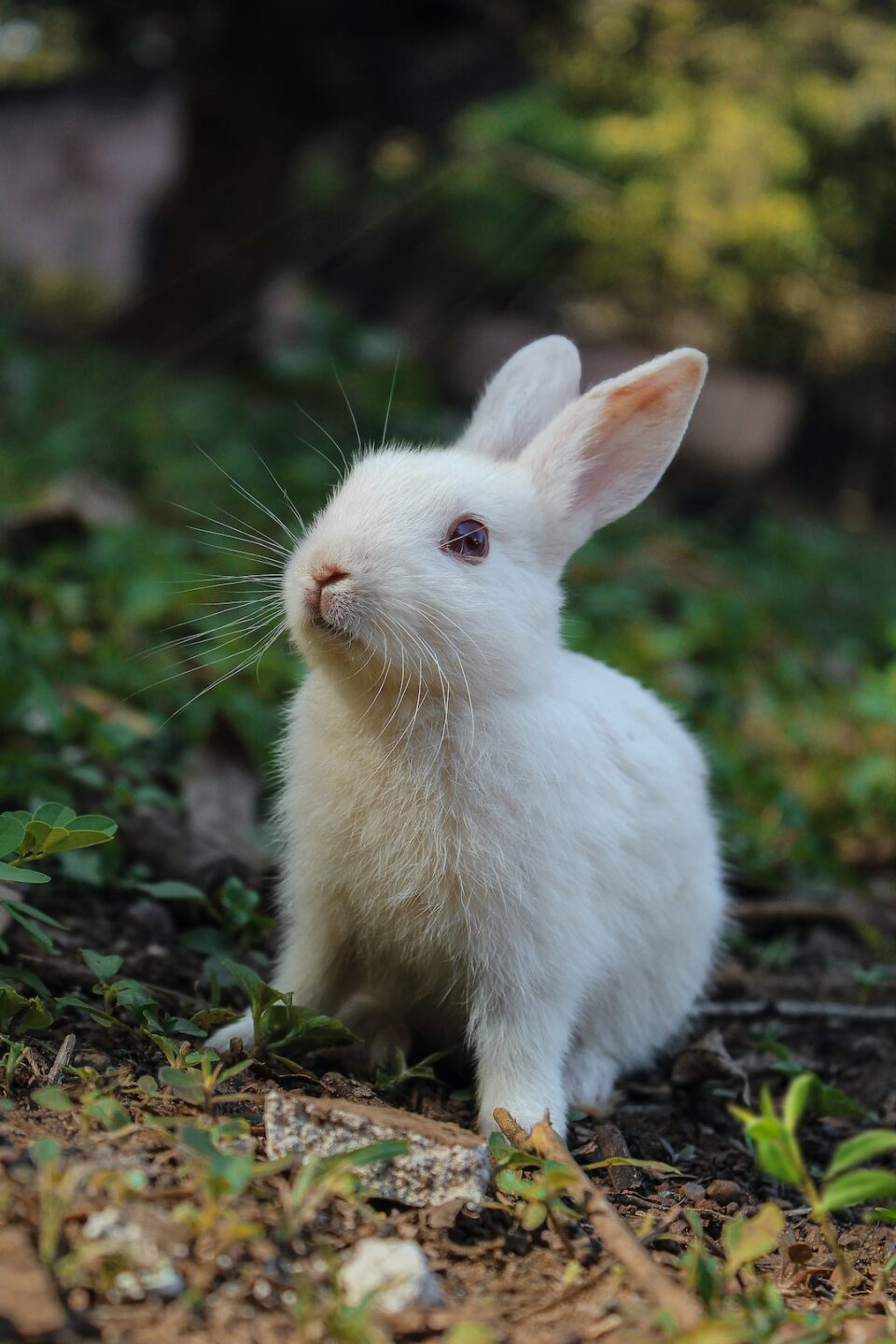Unraveling the Mysteries of Animal Sleep: Do They Dream?
Sleep has long been a topic of fascination for humans. We spend approximately one-third of our lives asleep, but what about animals? Do they experience sleep in the same way we do? And, most intriguingly, do they dream?
While it may be difficult to fully understand the sleep experiences of animals, extensive research has shed light on their sleep patterns and provided valuable insights into their dream-like experiences.
One of the most fundamental aspects of sleep is the presence of REM (Rapid Eye Movement) sleep, which is typically associated with dreaming in humans. Interestingly, studies have shown that many mammals, including cats, dogs, and rats, also exhibit REM sleep patterns. The discovery of REM sleep in animals has led scientists to speculate that animals may indeed dream.
When animals enter REM sleep, they display distinct characteristics that resemble those of humans. For instance, their eyes move rapidly, indicating heightened brain activity. Additionally, their brainwaves appear more similar to those observed during wakefulness rather than in other stages of sleep.
To gain further insight into the dream-like experiences of animals, scientists have turned to brain imaging technology. One notable study conducted on rats revealed that the neural patterns observed during the REM sleep of rats were strikingly similar to those exhibited during a recent waking experience. This finding suggests that rats may be replaying and processing their individual experiences while in REM sleep.
Furthermore, research on birds, such as pigeons and zebra finches, has shown that they also exhibit REM sleep. In certain bird species, scientists have discovered that the patterns of brain activity observed during REM sleep are involved in song learning. These findings suggest that birds may be rehearsing and refining their complex vocalizations during sleep, providing further evidence of dream-like experiences.
But what about other animals, such as insects or fish? While it is challenging to study their sleep patterns due to their physiological differences, some evidence suggests that they do experience sleep in some form. For instance, fruit flies exhibit sleep-like behaviors characterized by periods of decreased activity and increased arousal thresholds. Similarly, zebrafish show periods of immobility that could be compared to sleep in other animals.
Nevertheless, the question of whether animals dream remains a mystery, as it is challenging to directly measure conscious experiences in non-human creatures. However, the evidence thus far suggests that animals may indeed have dream-like episodes during sleep.
Dreaming, in its essence, is often associated with memory consolidation and emotional processing. In humans, dreams often reflect recent experiences, serve as a way to process emotions, and/or imagine possible scenarios. While we cannot directly ask animals about their dreams, observations of their behavior during sleep provide valuable clues.
For example, dogs are often observed twitching, wagging their tails, or making paw movements during sleep, which suggests that they may be experiencing dream-like episodes. Similarly, cats exhibit similar behaviors, including twitching of the whiskers or paws, during sleep.
In conclusion, while unraveling the mysteries of animal sleep and dreams is undoubtedly a challenging task, scientific research has made significant progress in shedding light on this intriguing topic. The presence of REM sleep in various animal species, including mammals and birds, along with their behaviors during sleep, strongly indicate the possibility of dream-like experiences.
While we may never fully understand the content or nature of animal dreams, it is captivating to contemplate the possibility that animals, just like us, may have their own unique dream worlds. As our understanding of the complexities of animal sleep continues to evolve, we inch closer to unraveling the enigmatic realm of animal dreams.

